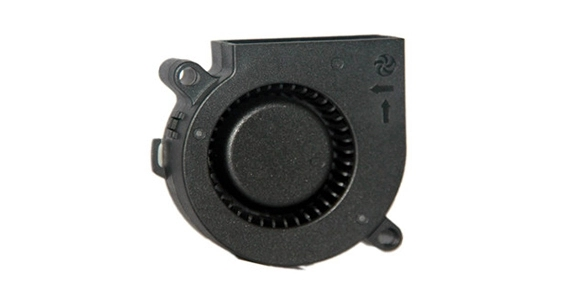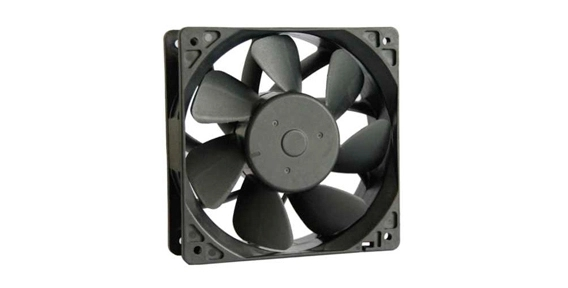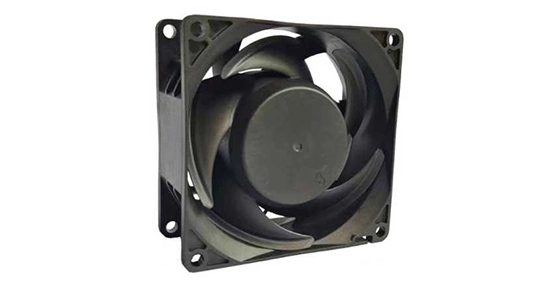In today's fast-paced digital world, laptops have become an essential tool for both work and leisure. As the demand for high-performance laptops continues to rise, so does the need for efficient cooling systems. Overheating laptops can cause serious damage to internal components and even lead to system failure. To address this issue, manufacturers have been incorporating innovative design solutions in laptop cooling systems. In this article, we will explore some of these design innovations and how they have transformed the laptop fan industry.
The Challenge of Cooling in Laptop Fan
Laptops are compact devices with limited space for airflow, making it challenging to dissipate heat effectively. Traditional laptop cooling systems typically consist of a fan and heat sink combination. The fan draws cool air from the surroundings and directs it towards the heat sink, which absorbs the heat generated by the laptop's components. However, this design often falls short in efficiently cooling the laptop, especially during demanding tasks such as gaming or video editing.
Boosting Cooling Efficiency in Laptop Fan
To address the challenge of cooling in laptop fan, manufacturers have been implementing various strategies to enhance their efficiency. One such innovation is the use of high-performance fans with improved airflow and static pressure capabilities. These fans are designed to generate more airflow while operating at lower noise levels, ensuring efficient heat dissipation without disturbing the user.
Another approach to boosting cooling efficiency is the integration of heat pipes in laptop cooling systems. Heat pipes are sealed copper tubes filled with a heat-absorbing liquid. They transfer heat from the laptop's components to the heat sink more effectively than traditional methods. This innovation helps maintain lower temperatures even under heavy workloads, reducing the risk of overheating and system instability.

Taking Laptop Fan to the Next Level
While traditional laptop cooling systems primarily rely on fans and heat sinks, advancements in technology have opened doors to more sophisticated cooling solutions. One notable innovation is the introduction of liquid cooling systems in laptops. Liquid cooling systems utilize a network of tubes and liquid coolant to remove heat from the internal components. This technology allows for more efficient heat dissipation, especially in high-performance laptops that generate substantial amounts of heat.
Laptop Fan: Adaptive Technologies for Dynamic Thermal Control
As the application of axial fan becomes more powerful and versatile, so do the challenges in managing their thermal performance. To address this, manufacturers have developed adaptive technologies for dynamic thermal control. These technologies monitor the laptop's temperature in real-time and adjust the fan speed and power consumption accordingly. This ensures that the laptop remains within safe temperature limits while optimizing performance and reducing energy consumption.
In conclusion, design innovations in laptop cooling systems have revolutionized the way laptops dissipate heat. From enhanced fan performance to the integration of heat pipes and liquid cooling systems, manufacturers have continually pushed the boundaries of cooling technology. The introduction of adaptive technologies for dynamic thermal control further ensures efficient cooling while optimizing performance. As the demand for high-performance laptops continues to rise, these design innovations will play a crucial role in keeping laptops cool and reliable, making them an indispensable tool for professionals and enthusiasts alike.


 EN
EN 

 +
+
 +
+
 +
+



